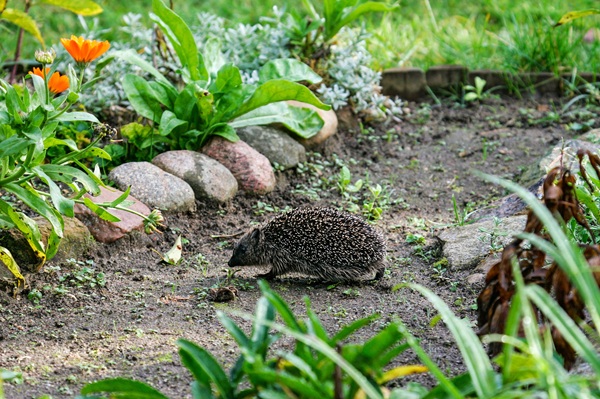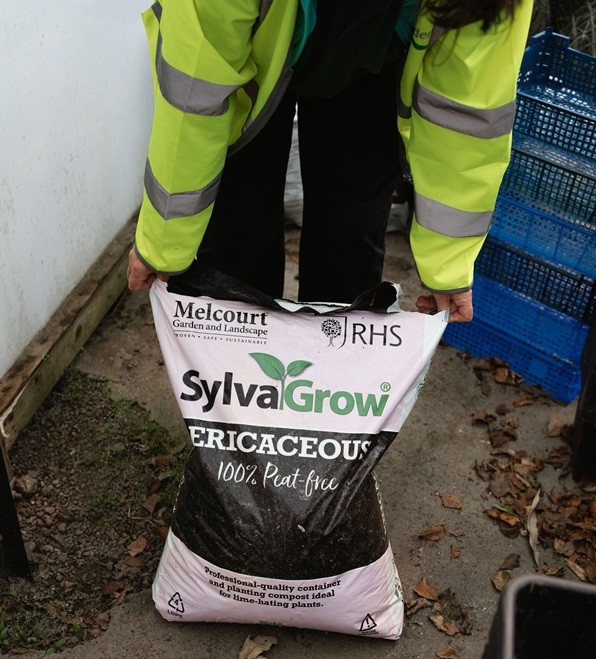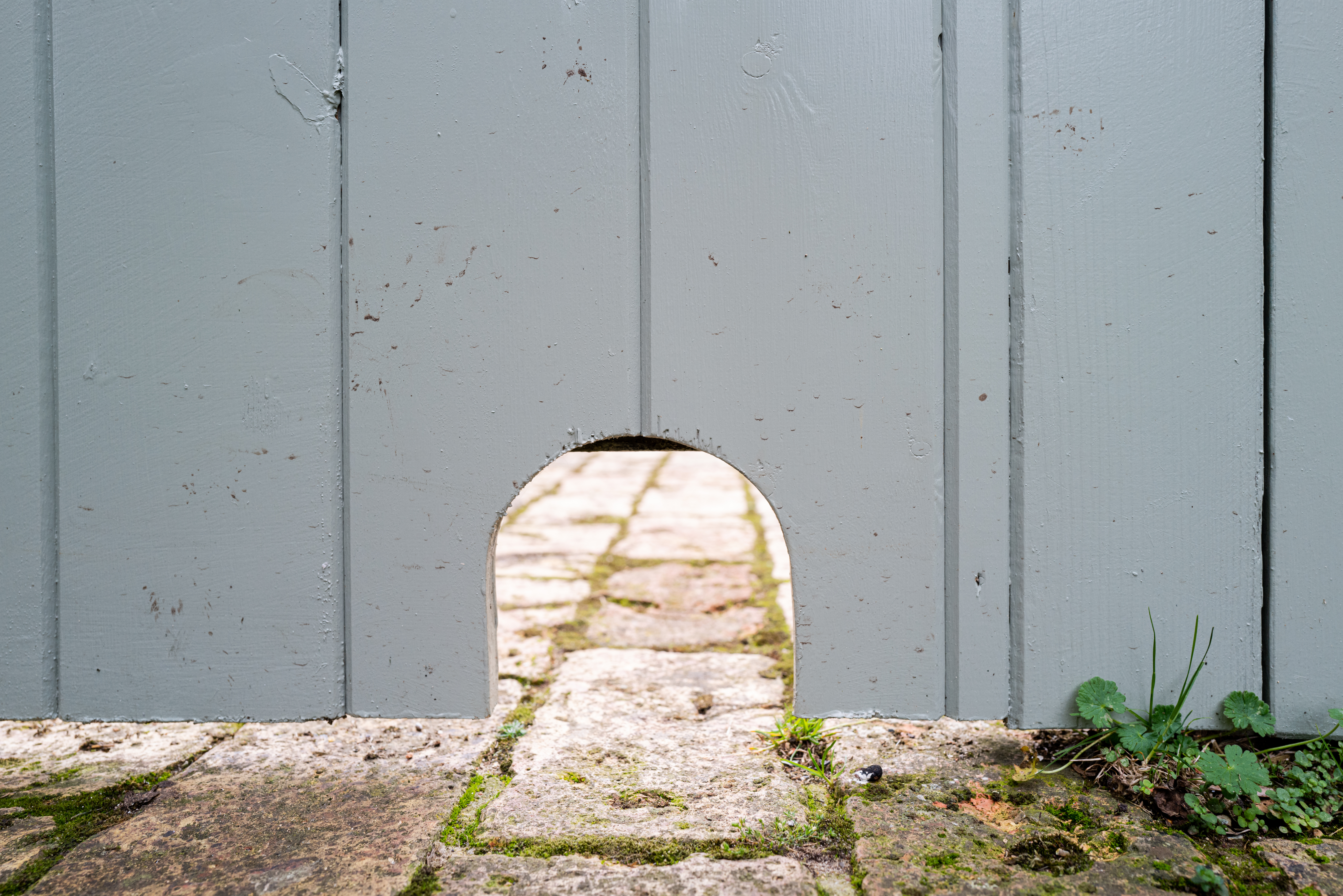Want to get closer to nature? Small changes can make a big difference for birds, mammals and insects. Whether it’s in your garden, school grounds or any outdoor space.
Here's how you can help:
1. Let the grass grow
Longer grass provides shelter and food for insects, which in turn supports birds and small mammals. Even leaving a patch of your garden uncut can create a vital mini-habitat.
Wildflowers will appear with careful management, providing nectar for bees and butterflies. The longer the grass, the more diverse wildlife it can support, making your garden a small nature reserve.
2. Put up a Swift box
Swifts travel thousands of miles from Africa to breed here in the UK, but their numbers have plummeted by 62% since 1995.
By installing a nest box, you can give these incredible birds a safe place to nest and raise their young. The nest box should ideally be placed on a north or north-east facing wall.
Swifts need height to take flight, so ensure nest boxes are at least 5 meters off the ground.
To find out more, see: RSPB video about swift boxes (YouTube).
3. Grow climbing plants
Cover walls and fences with climbers like ivy to provide food and shelter for insects and birds. Some of whom may even nest there.
Climbing plants also act as insulation. It helps to regulate temperatures around your home while offering a green, leafy retreat for pollinators and other creatures.
4. Plant wildflowers

Wildflowers attract bees, butterflies and other pollinators. They boost biodiversity and bring a burst of colour to your outdoor space. These plants provide essential nectar and pollen, supporting a wide range of insects.
You can buy seed mixes of native wildflower species online or at gardening stores.
5. Add a hedgerow
Hedgerows are important spaces for wildlife. They provide a space for birds to nest and other animals to shelter.
Adding a hedgerow can provide structure to your garden. They also help wildlife thrive by offering protection and a way to connect habitats.
To find out more, see: Woodland Trust video about hedgerows (YouTube).
6. Build a bug hotel
Stack up twigs, rocks and rotting wood or buy a ready-made insect hotel. These simple shelters provide homes for beetles, spiders and other essential wildlife.
Insects play a crucial role in ecosystems by decomposing organic matter and pollinating plants. A bug hotel placed in a quiet corner of your garden can help sustain the insect population year-round.
To find out more, see: Building a bug hotel (YouTube).
7. Create a wildlife pond
Ponds attract a wide range of wildlife, such as frogs, newts, dragonflies, hedgehogs and birds.
Even a small pond, like a sunken bucket or trough, can help wildlife. If you go for a larger pond, add sloping sides to help wildlife get in and out.
Aquatic plants will keep the water clean and full of oxygen. Plants provide shelter for tiny pond creatures. They can also bring amazing colour to your garden and give it a natural feel.
To find out more, see: Video about building a wildlife pond (YouTube).
8. Ditch the pesticides

Pesticides harm beneficial insects and slug pellets can poison threatened wildlife like hedgehogs.
Spraying harmful chemicals can have long-term negative effects on the environment, too. They can contaminate soil and water.
Try natural pest control methods instead, like companion planting or encouraging natural predators like ladybirds and beetles.
There are also many plants that slugs and snails aren’t attracted to. Growing these can make your garden easier to manage.
9. Go peat free in your garden

Protect vital wetland habitats by choosing peat-free compost.
Peat bogs store vast amounts of carbon, helping combat climate change and providing homes for vulnerable wildlife. When they are destroyed for compost, we lose these crucial carbon sinks and disrupt important ecosystems.
Most garden centres now stock eco-friendly options which do not contain peat. Choosing peat-free alternatives helps create a nature-friendly garden for you and conserves vital wetlands around the world. If you have the time and space, you can even start producing your own compost.
Find out more at Peat Free Partnership.
10. Create a hedgehog highway

Hedgehogs travel vast distances in search of food and mates. Creating hedgehog highways ensures a network of connected gardens for wildlife to roam freely.
Cut out little doorways (a 13cm x 13cm hole is perfect!) at the base of fences. Add a log pile or leaves near these highways to create additional shelter.